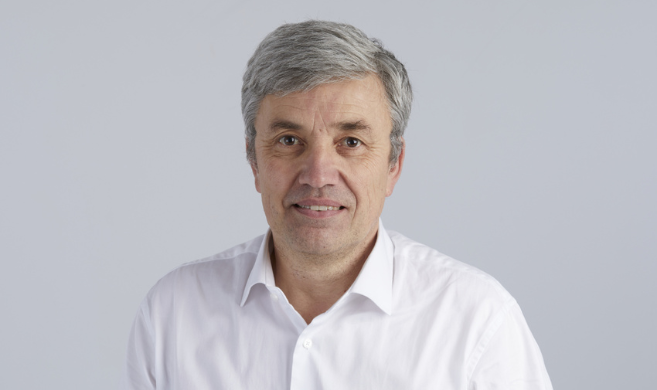Listen to the podcast in French:
What prompted Schneider Electric to go down the sustainable development route?
Sustainable development arose from an assessment of environmental and social challenges, and a dialog with a certain number of investors. They were the first to question the company about its environmental and social practices and their contribution to the 17 UN Sustainable Development Goals (SDGs).
While shareholders are obviously interested in the company’s profitability, they are more and more convinced that ESG commitments bring added value, innovation, differentiation and encouragement to mobilize teams, attract talents and customers. How did we achieve that? We have transformed our strategy, and, to do that, it was key to interact with institutes. For example, we applied the “reverse innovation” theory by working with HEC Paris researchers.
Do you think the European Union’s regulations on standardizing ESG criteria are useful?
Some large companies are indeed committed; they have come up with numerous innovations and are drivers for other firms, clients, suppliers, investors, civil society, etc. But you can never win in sustainability if you are alone. It’s a question of value chain, of emulation. We collaborate more by sharing the same measuring tools. A company has no future if it doesn’t innovate, and we innovate together. Taking ESG ranking into account to measure progress makes us able to review our practices on a regular basis and understand shifts in key trends, and gives us a more rational shared vision.
You can never win in sustainability if you are alone. It’s a question of value chain, of emulation.
For instance, while SE may be ahead of the game on environmental matters, having published its pledge to move towards carbon neutrality in 2015 for COP 21, we now feel it’s the human element that needs strengthening. It needs strengthening because there can be no environmental transition if it is not fair, because this transition cannot happen if we don’t carry everyone with us, if we do not harmonize our value chain and, therefore, human rights issues.
There must be respect to all our staffs, as well as those who work for our suppliers, and for our suppliers’ suppliers, etc. That’s why in early 2021 was created the Schneider Electric Corporate Citizenship department. It embodies the following vision: the planet has to be saved, and its inhabitants too. If the transition is not inclusive and fair, it will not allow people to build their future.
Can you share some examples of social initiatives supported by Schneider Electric?
In 2004, SE implemented a goal of providing social insurance for all collaborators, and their families, and this in more than 100 countries. SE pioneered this measure, which became essential by 2020 for the 8,000 major companies in the race for ESG ranking.
Then there is also the responsibility to train and help each generation to be part of the energy transition. For SE, this is also a way to anticipate the skills of tomorrow, which are vital for the energy transition as well as for the company’s renewal. Notably, this is why SE commits to train one million young people, especially from the bottom of the pyramid, in energy skills all over the world.
Education is an essential catalyst for the youth inclusion and for a just transition. This commitment is something of a flagship for all we are doing.
Education is an essential catalyst for the youth inclusion and for a just transition. Skilling and empowering them enables them to actively define their future and their place in a complex and fast-paced world. This commitment is something of a flagship for all we are doing.
What ways have you found to measure the results of your social initiatives - the “S” in ESG?
I believe that everything can be measured if the ESG strategy is a good one. Since the early 2000s, SE has set a continuous improvement process in its practice. The Group defines specific objectives that are measured quarterly and audited yearly by a third party. In 2020, SE defined six new pathways for the 2021-2025 period in a dashboard named the Schneider Sustainability Impact, with 11 precise goals. One of them is to create equal opportunities with two quantified commitments.
The first one is to increase gender diversity in hiring, and the other one is to provide access to green electricity to 50 million people.
Believe me, the more ambitious the indicator, the greater the progress! And measurement is key.







